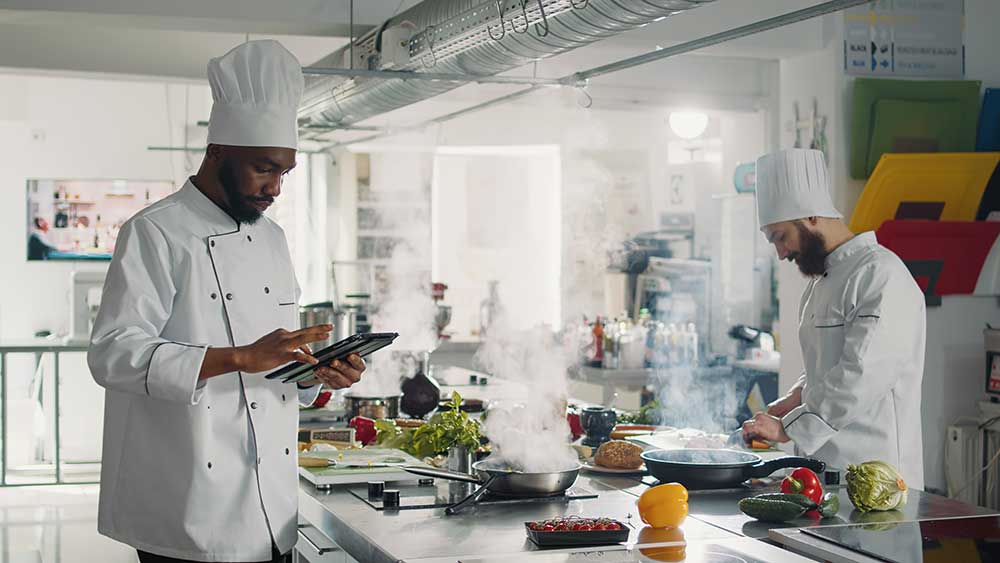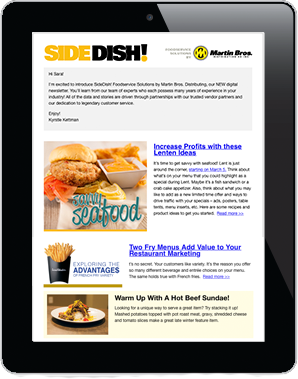Have you ever tried to replicate a favorite dish but can’t seem to get the recipe just right? Perhaps you can’t get it to taste like your grandma’s recipe you grew up eating or it doesn’t look like that dish you had on vacation? Foods and recipes house a much deeper meaning than food on a plate.
Foods and dishes tie us to loved ones and the special memories we share with them, honor traditions we have built over the years and lead to the enjoyability and consumption of foods. Face it. We eat what we like and tend to stick to foods and dishes that are familiar to us because we are creatures of habit. It doesn’t mean we can’t expand our food palate, but it does mean that if we try and enjoy sushi for the first time, the next time we are going to want it to look, taste and smell pretty much the exact same because we built a food connection. This is where a standardized recipe comes perfectly into play not only in your personal kitchen but also in the restaurant and healthcare world.
A standardized recipe guarantees that we will get the exact result every time the recipe is made. This helps ensure the tastes, textures and amounts produced by the recipe is the same every time the dish is prepared. Let’s talk about the components that make up a standardized recipe.
What is a standardized recipe? A standardized recipe allows a set portion size and number of servings to be produced with the ability to quantify up or down for the number of portions needed to serve the crowd you are cooking for. The recipe also notes specific ingredients giving the exact amount and steps for each individual ingredient to put together the recipe. A standardized recipe can also identify critical control points or points where potential hazards can take place when making the recipe to help reduce food safety concerns. There are many benefits to standardized recipes, but perhaps one of the biggest is the ability for a variety of skillsets to receive the recipe and be able to successfully produce the dish.
With a variety of service level staff and skills entering our kitchens, it is important to be able to effectively delegate the dishes and expectations with little worry. Not only do standardized recipes take care of that, but also you will see the beauty of standardized recipes increasing resident or customer satisfaction, foot traffic and fiscal intake as well as receiving less complaints, having happier staff and increasing employee retention. Think about it. People look for a purpose in their profession and want to feel valued and appreciated for their work. Standardized recipes allow for the same quality meal to be reproduced each time no matter who is cooking, allowing staff to take pride in their cooking skills. Then, this pride, happiness and satisfaction multiples in an environment from the staff to the customers and up through to the management.
So, if you don’t have standardized recipes, start to use them! Your staff, residents and clients will be happier with their food. And your organization will see the multiple benefits including increased efficiency, efficacy and food safety with standardized recipes.
Want to learn about a foodservice tool for standardized recipes?
Click here for information about Martin Bros.' Mpower Recipes!






